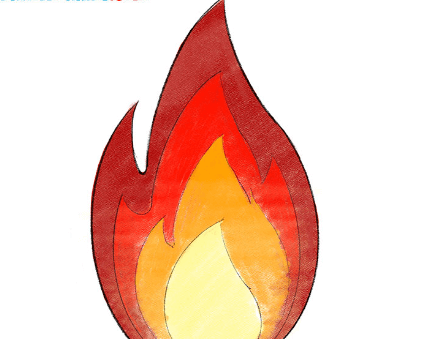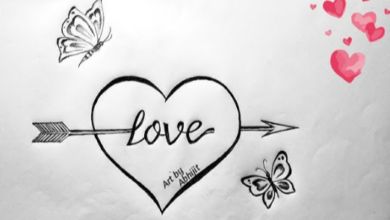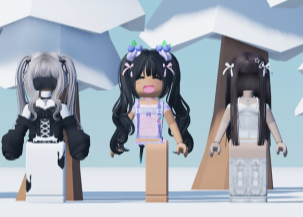Drawing:Ir6gbg1cz8w= Flames

Welcome to the world of drawing flames, where creativity and expression intertwine to ignite your artistic spirit.
In this guide, we will delve into the intricate anatomy of flames, offering insights on selecting the appropriate tools and materials. Whether you are a seasoned artist or a novice explorer, this step-by-step tutorial will illuminate the path to mastering the art of drawing flames.
Discover valuable tips to infuse your creations with realism and depth, empowering you to unleash your imagination and set your artwork ablaze with passion.
Let us embark on this journey together, where freedom of expression fuels the flames of creativity.
Understanding the Anatomy of Flames
Within the realm of pyrotechnics, understanding the intricate and dynamic anatomy of flames requires a meticulous observation of their chemical composition and physical properties. Flame color serves as a visible indicator of the temperature and chemical reactions occurring within the combustion process.
Heat dynamics play a crucial role in dictating the behavior and characteristics of flames, influencing factors such as temperature gradients and combustion efficiency.
See also: Wallpaper:Ynhkl56abmc= Panda
Choosing the Right Tools and Materials
To properly depict the intricate and dynamic anatomy of flames, selecting the appropriate tools and materials is essential for achieving accuracy and detail in artistic representations.
When drawing flames, mastering pencil shading techniques is crucial to capture the varying intensities of light and shadow.
Additionally, skillful color blending with tools like blending stumps or brushes can help create the vibrant and realistic hues that characterize flames.
Step-by-Step Guide to Drawing Flames
When illustrating flames with precision and detail, following a systematic step-by-step approach is imperative to effectively capture the dynamic nature of this element in art.
Begin by sketching the flame’s shape and then gradually add layers using shading techniques to create depth.
Utilize color blending to achieve a realistic and vibrant fiery effect.
Experiment with different hues and intensities to bring your flames to life on paper.
Tips for Adding Realism and Depth
For enhancing the authenticity and dimension of your flame illustrations, incorporating subtle variations in shading and texture is essential. Adding shading can help create depth and realism in your drawings, while creating texture can make the flames appear more dynamic and lifelike.
Experiment with different shading techniques like hatching and cross-hatching to add depth, and use varying line weights to create a sense of movement and energy in your flames.
Conclusion
In conclusion, mastering the art of drawing flames requires a deep understanding of their anatomy and the right tools and materials.
By following a step-by-step guide and incorporating tips for adding realism and depth, artists can create captivating and dynamic flame illustrations.
As the adage goes, ‘Where there’s smoke, there’s fire,’ let your creativity ignite and bring your drawings to life with fiery passion.




